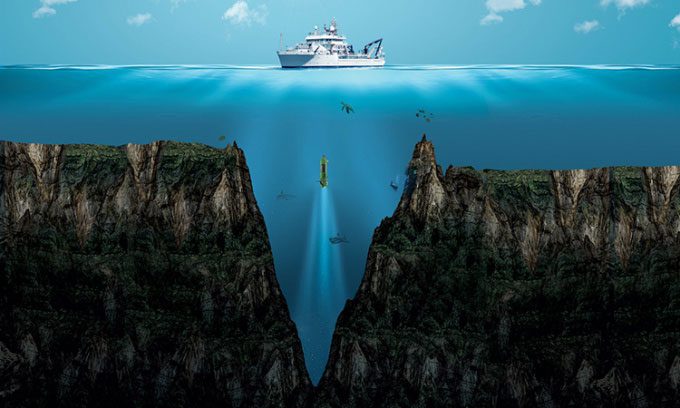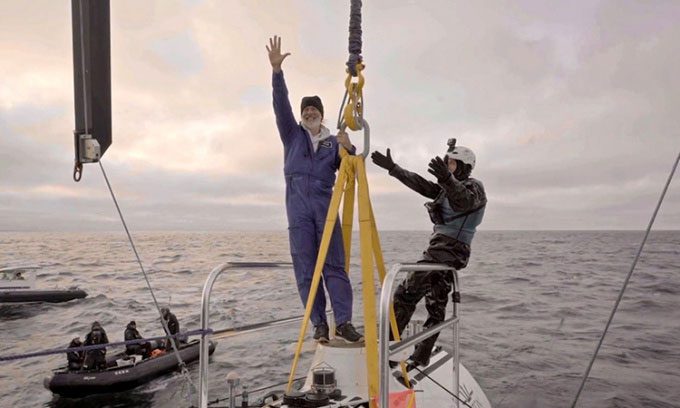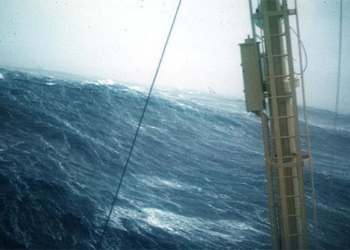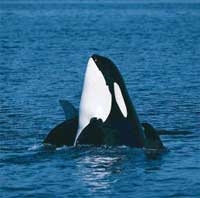The Mariana Trench is located in the southeastern part of the Mariana Islands and is the deepest trench on Earth. However, there is still controversy regarding the exact measurements of its deepest point.

Illustration of the Mariana Trench, the deepest ocean trench on the planet. (Photo: DOERS).
The Mariana Trench is approximately 2,550 km long and is situated east of the Mariana Islands, according to the University of Washington. The National Oceanic and Atmospheric Administration (NOAA) states that the deepest point of the Mariana Trench is the Challenger Deep, located at the southernmost part of the trench. According to NOAA, the Challenger Deep is about 10,935 meters deep, which is over 2,100 meters deeper than the height of Mount Everest.
NOAA’s estimate comes from a study published in the journal Deep Sea Research Part I: Oceanographic Research Papers in 2021, based on data from a research expedition in 2020. However, there are many other estimates regarding the depth of the Challenger Deep. The first manned mission to this location in 1960 estimated the depth at 10,911 meters, according to the Guinness World Records. More recent estimates are 10,994 meters and 10,984 meters.
Determining the depth of the Challenger Deep is not straightforward. “Essentially, this is very difficult because the trench is so deep,” said Sam Greenaway, a NOAA expert and the lead author of the 2021 study.
Greenaway explained that to measure ocean depth with modern equipment, scientists have two main options: using sonar (acoustic positioning devices) mounted on a vessel at the surface, or deploying pressure sensors on the ocean floor that can measure the water above.
Sonar beams from multi-beam echo sounders can completely cover the seabed. Despite this advantage, the systems on the ship are far from the seabed, limiting accuracy both horizontally and vertically.
For instance, for the Challenger Deep, sound takes about 14 seconds to reach the seabed and return. Additionally, salinity, temperature, and water pressure can affect the speed and path of sound, Greenaway explained. Therefore, the vertical accuracy of this measurement is approximately 25 meters.
With pressure sensors, creating devices that can accurately measure at such high pressures is quite complex. According to the Guinness World Records, the pressure at the bottom of the Challenger Deep is over 1,000 times greater than standard atmospheric pressure at sea level.
“Moreover, we also need to adjust for the density of the water above the sensor, the gravitational pull on that water, atmospheric pressure, and tides. Positioning the pressure sensor accurately is not easy either,” Greenaway noted. To conduct the measurements, Greenaway and his colleagues dropped a pressure sensor to the seabed to serve as a standard for the echo sounder measurements.
The accuracy of the pressure sensor impacts the overall accuracy of the research. Greenaway hopes this will improve significantly in the future. He mentioned that the surfaces of Mars and the Moon have been mapped with higher resolution and accuracy than the ocean floor.

Victor Vescovo (left) has descended to the deepest ocean trench. (Photo: Five Deeps Expedition)
In reality, the differences in estimates of the depth of the Challenger Deep are not overly significant, Greenaway remarked. “However, measuring the depth of the world’s oceans is truly necessary. For instance, such studies can help accurately locate underwater vehicles and are useful for pressure sensors used to monitor water level fluctuations due to climate change,” he stated.
Depth is also important for deep-sea explorers. On March 26, 2012, filmmaker James Cameron descended to a depth of 10,908 meters in the Mariana Trench using the Deepsea Challenger submersible, setting the record for the deepest solo dive. In 2019, explorer and entrepreneur Victor Vescovo made the deepest dive in history, reaching a depth of 10,927 meters at the bottom of the Challenger Deep, surpassing Cameron’s record.





















































